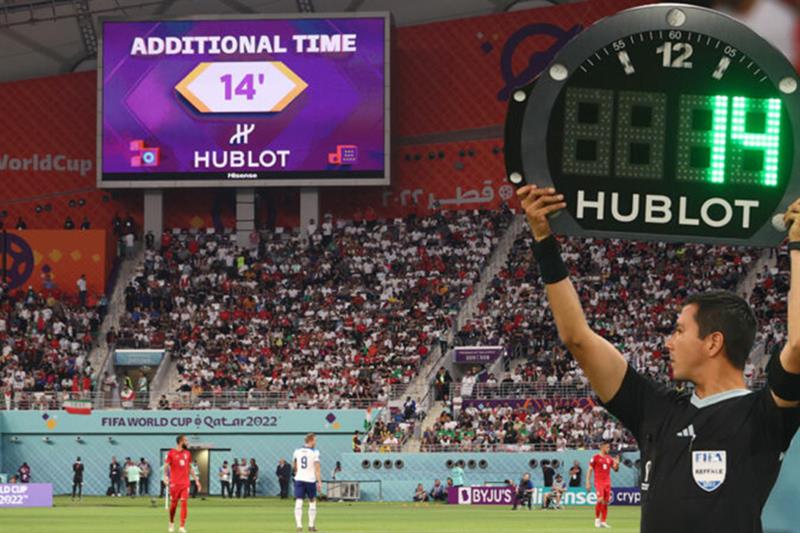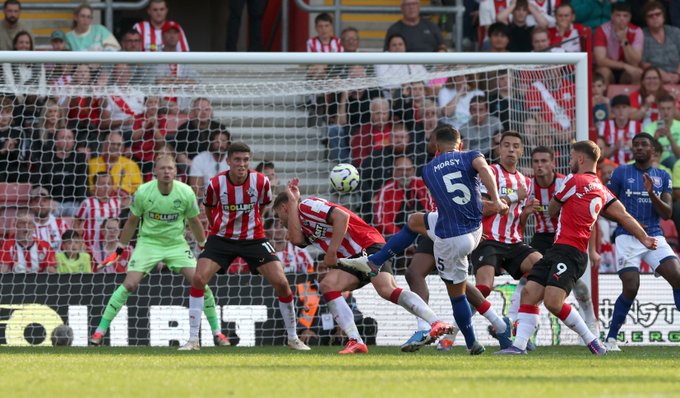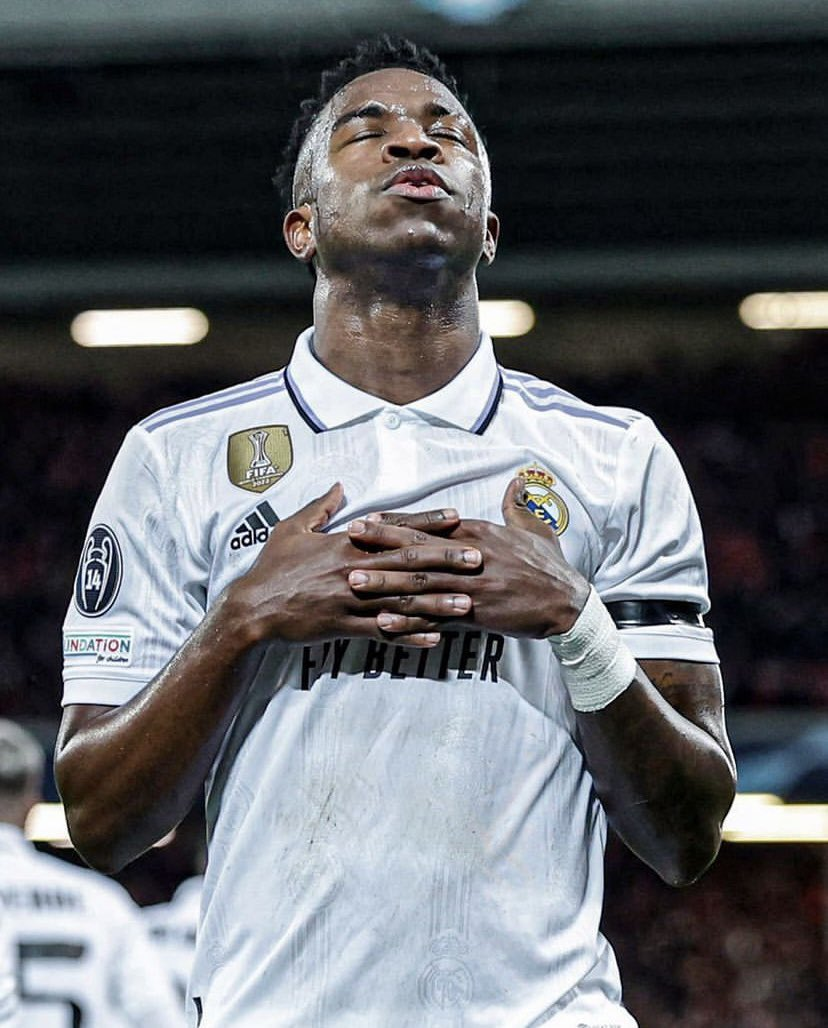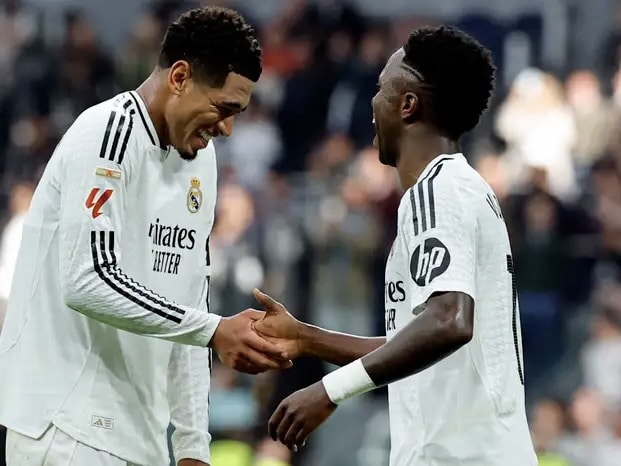Is Football Really Still A 90-Minute Game?

It is the 89th minute of a tight league match. One team leads 1-0 and, for most of football history, this phase carried a familiar rhythm: the Fourth Official stepped to the touchline, raised the board, and the stadium braced for three or four minutes of stoppage time. It was the final sprint before exhaustion met relief.
Modern football however, has rewritten that script. In 2025, the board no longer shows +3, it may show +9, +11, even +14. Instead of a short burst of late pressure, players now face a second competitive chapter, one long enough to decide titles, relegation races, and careers. The stadium reacts instantly. The chasing team surges with energy and the side in front feels the weight of having to survive what is effectively another mini-half.
This moment symbolises the reality that football is almost no longer a 90-minute game. The modern match now stretches regularly into the 100th minute and beyond, and that change has reshaped almost everything: how managers plan substitutions, how squads are built, how players train, how teams handle pressure, and even how supporters travel home. The Fourth Official lifting the board used to signal the end of the match. Today, it signals the beginning of one final mental(and physical) battle.
This shift was however not introduced for drama but as a response to a genuine problem. For decades, football marketed itself as a 90-minute product while delivering much less. Before 2022, data from the Premier League, La Liga, and Serie A showed that the ball was in play for only 52–58 minutes of the average match. The rest was lost to slow throw-ins, prolonged injury treatments, substitutions, long VAR checks, tactical fouls, and time-wasting disguised as cramp or fatigue. Fans were paying for a full experience but often watching almost half an hour of stoppages rather than football.
FIFA’s answer came through Pierluigi Collina and a new interpretation introduced globally at the 2022 World Cup. Instead of adding an estimated amount of time at the referee’s discretion, officials were instructed to calculate stoppages precisely, every celebration, substitution, VAR check, and treatment would be logged and added back. The principle was simple: time taken out of the game must be returned to the game.
The impact was immediate and measurable. Average match lengths rose from around 93–94 minutes to 101–103 across major competitions. Over a league season, elite players were suddenly contesting the equivalent of three additional matches without any increased squad sizes or extra recovery windows. While the change might have succeeded in making the sport fairer, it has created a new tactical and physical reality. Teams can no longer rely on running the clock down; instead, they now had to survive extended periods of football under maximum pressure. A reform designed to punish time-wasting has unintentionally ushered in a new era, a sport where the decisive battles can happen long after the clock hits 90.
Longer matches mean players are being pushed into a physical zone they might not be conditioned for. Footballers are trained for 90 minutes, but now decisive sprints and duels often happen at minute 95 or 100, when fatigue makes injuries more likely. This shift has coincided with a rise in muscle strains and ligament problems, with medical staff reporting more late-game hamstring and ACL issues. Over a full season, the added stoppage time becomes the equivalent of several extra matches without additional recovery windows. Some teams have even begun adjusting pacing, reducing sprint output early so they still have energy late, showing that strategy is now being influenced by the extended match length.
The era of the 100-minute match has changed how managers use their squads. The five-substitute rule is no longer a luxury; teams need fresh legs to maintain intensity across a much longer contest. This has led to the rise of specialist “finishers,” attackers brought on not just to rotate players but to exploit tired defenders in the final phases. Pressing is also more measured, applied in controlled spells rather than maintained throughout the match. Meanwhile, time-wasting has evolved. Since stoppages are now added back, teams attempt to kill the clock by keeping possession safely rather than going down injured. The endgame is becoming more tactical, with managers planning late-match strategies as seriously as they once planned the opening half.
The extended match length has introduced a new mental strain for players, especially those defending a narrow lead. In the past, teams had to hold out for three or four minutes after 90. Now they may face eight, ten, or even fifteen minutes of pressure, and it fundamentally changes how the final phase feels on the pitch. A lead that once seemed close to secure suddenly looks fragile, and players know their focus must last far longer than they are perhaps accustomed to.
Statistics show more late goals than ever, creating constant drama for neutrals and broadcasters, but the defenders involved experience the opposite: anxiety. The expanded period forces concentration during the stage of a match when fatigue is highest and decision-making is most vulnerable. Most late goals now come from lapses rather than brilliance, from poor clearancesand slow reactions to positional errors caused by mental burnout.
Supporters have also been pulled into this new era. For match-going fans, late kickoffs now regularly run past 10:00 PM, forcing some to miss last trains, buses, or planned travel connections. Match-day routines have had to shift, especially in cities where stadiums are not central or transport options are limited at night. The match finishes later, the crowd clears later, and the journey home is longer.
Broadcasters face similar difficulties. Television schedules were built around predictable match windows, but extended stoppage time throws post-match analysis and programming off by ten to fifteen minutes. Analysts often have less time to break down the game, interviews get cut short, and live shows overrun into the next programme block.
On the other hand, fans watching from home get more football for the same viewing time. The spectacle is bigger, the endings wilder, and the last ten minutes now feel like a built-in theatre act. Even so, the sport’s logistical systems, from broadcasting to transport, were built for 90-minute matches. They are now scrambling to adjust to a sport that routinely lasts much longer.
The shift to 100-minute matches is however not without defenders. One argument is fairness: longer stoppage time punishes time-wasting and rewards teams committed to playing actively throughout the match. Fans and broadcasters also benefit, more live football means more value for tickets and television coverage. There is undeniable drama, too. Matches now regularly feature late winners and comebacks that might have been impossible under the old 90-minute framework, producing headline moments and narratives that capture global attention. Finally, modern football is physically capable of this change. Players are fitter, squads are deeper, and training methods more advanced. Supporters of the new era argue that the game must evolve alongside these improvements, and that the 100-minute match reflects a natural step in the sport’s progression.
The 100-minute game has transformed football in multiple ways. It has made matches fairer, with less time-wasting, but also harsher, physically demanding and mentally exhausting for players. Tactical approaches have shifted, substitutions are more strategic, and every team must plan for extended late-game phases. Looking forward, some propose a stop-clock system, similar to basketball, where only active playing time counts, as a potential solution to balance fairness with fatigue. Until such reforms arrive, the reality is clear: 90:00 no longer signals the end. The true battle now begins in the red numbers, and both players and fans must adapt to a sport that has extended its final act beyond anything football has known before.








